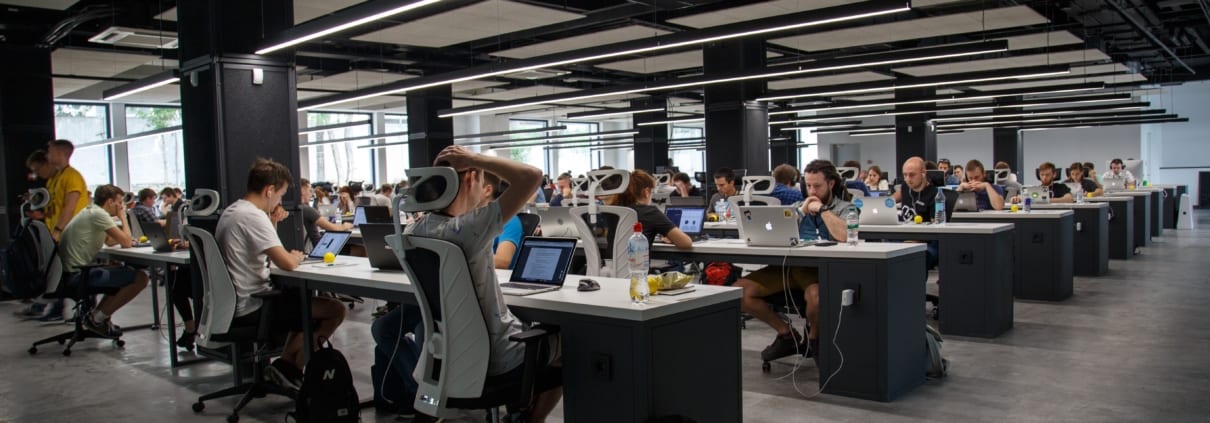Stowers Machinery, in partnership with Caterpillar, has a scholarship program called “Think Big.” It pays recipients about $13 an hour to apprentice in the shop and it reimburses tuition and other school-related costs. The student must maintain a B average to receive the scholarship.
Workers alternate between working eight weeks at Stowers and going to school for eight weeks. After they earn an associate degree, Stowers will hire them full-time.
“This is a fantastic opportunity for someone, yet we have the hardest time giving away the scholarship,” says Rhey Houston, Stowers vice president and Chattanooga area manager. “We have a full-time recruiter who goes to every high school in the area, looking for potential scholarship recipients, and it is still almost impossible for us to fill the slots.”
One interested young man contacted Stowers about the scholarship. He was awarded the scholarship during his school’s senior night. But he worked only a few days before telling his supervisor, “I’m not cut out for this kind of work every day.”
“Unfortunately, he is not the exception to the rule,” Houston says. “We have had several success stories, but they are fewer and farther between. It is baffling to me that people do not want to take advantage of an opportunity to work for a well-established company that pays well and offers full benefits including a 401k.”
Houston knows he isn’t alone in his frustration. He regularly talks with companies in the area who lament not being able to fill positions.
“I recently spoke with a guy who said, ‘I can’t grow my business because I can’t find people to hire who have driver’s licenses,'” says Houston. “Another guy told me he would be able to have five additional machines running if he could just find people to drive them.”
Approximately 9,000 people are looking for jobs. It’s difficult, however, to fill more than 15,000 job openings in the greater Chattanooga area. Why is that? It’s partially due to lack of education, or perhaps lack of driver’s licenses.
What is wrong with this picture? Employers are complaining they can’t find qualified workers and people are complaining they can’t find jobs. Somewhere along the way there is a serious disconnect.
In an article titled The New Unemployables, Aaron Renn shares a conversation with his father, a retired quarry superintendent. While the job wasn’t glamorous, his dad said they offered some of the area’s best wages, full benefits and profit-sharing. Still, hiring and keeping employees was hard. The overwhelming majority of applicants weren’t viable enough to interview. Plus, one-third of those he hired failed to last even six months.
Renn surmises that perhaps what we are seeing has nothing to do with job availability or wages. It may have everything to do with the basics, instead. The basics include having a high school diploma and reliably coming to work every day.
In the book Creating an Opportunity Society, the Brookings Institution’s Ron Haskins and Isabel Sawhill offer a solution. They say that to avoid poverty and join the middle class (at least $50,000 annual income for a family of three) U.S. citizens need to complete high school at a minimum, work full-time and marry before having children.
Doing all three decreases the chances of being poor from 12 percent to 2 percent. It also increases the chances of joining the middle class or above from 56 to 74 percent.
It’s possible to combat the “unemployable” problem and break the cycle. Healthy adults must model and promote the importance of education and a strong work ethic in homes and communities. Additionally, we can mentor those who have no example to follow.









Thoughts? Leave a Comment